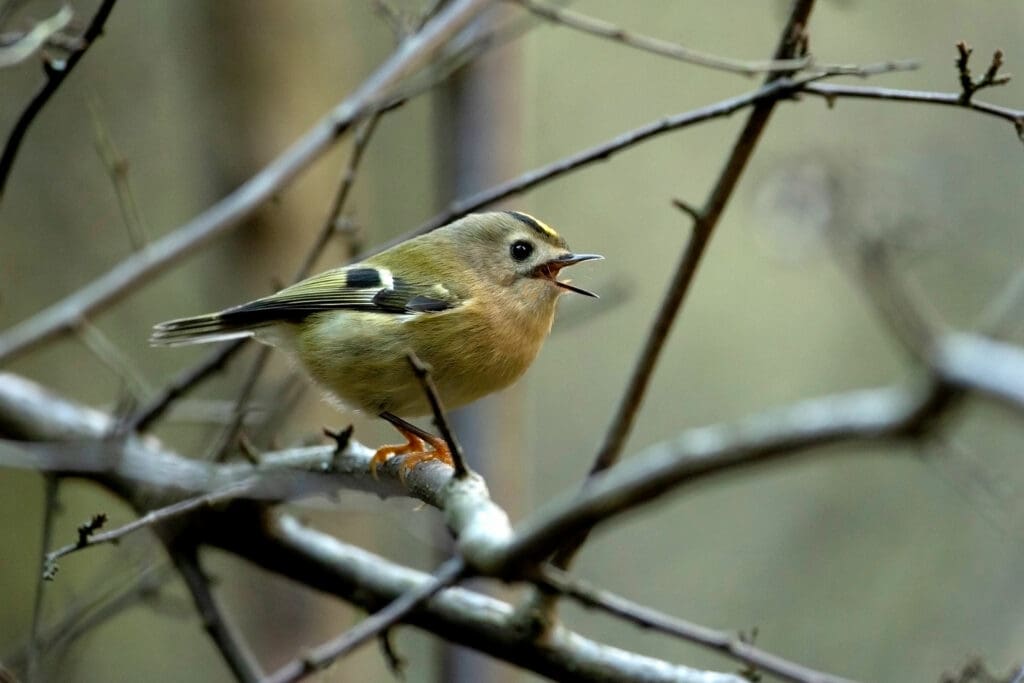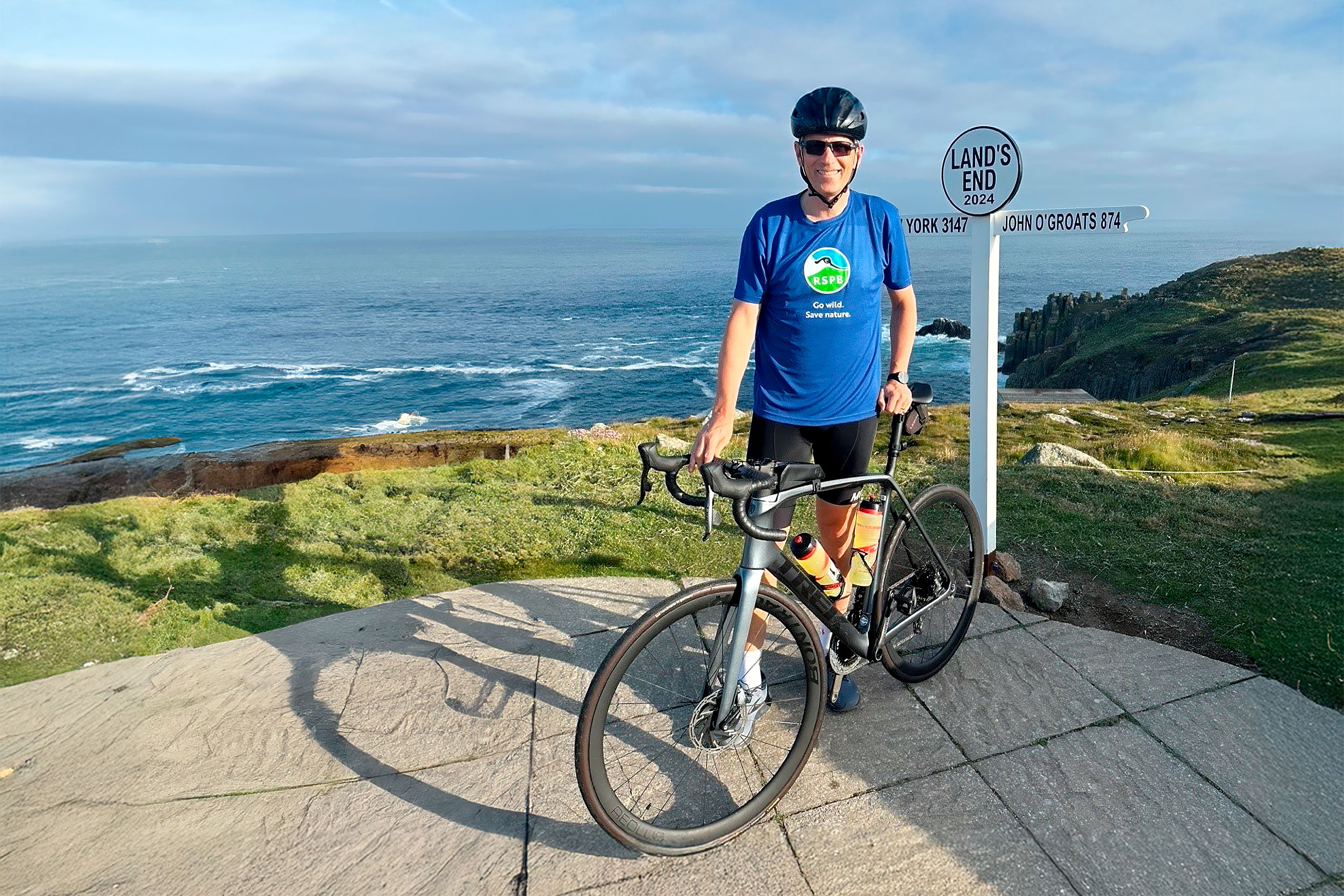Star Letter: Hero’s journey
I recently completed an epic journey with four other middle-aged men, cycling from Land’s End to John O’ Groats.
This iconic long-distance cycle ride covers the length of mainland UK from the gorgeous beaches of Cornwall to the stunning countryside of northern Scotland. We covered a total of 960m and climbed 57,815ft (twice up Everest).
We saw some fabulous countryside, visited some nature reserves and met so many amazing people across the country. Being in nature for a little over two weeks was a reminder of how important it is to protect and enhance our natural spaces.
I managed to raise a little over £10,000 for the RSPB.
Patrick Butcher
Ed: We’re very grateful for your incredible fundraising efforts, Patrick. Your donation will make a big difference for nature. Thank you.
Doing our best
We’ve been inspired by your articles to help give nature a home in our garden. However, it hasn’t always gone to plan! There have been sparrows nesting in the Swift boxes and a Hornet’s nest in the Barn Owl box, and our small pond is full of Backswimmers that have eaten all the tadpoles! Oh well, at least we’re giving nature a home!
Guy Trevor-Jones
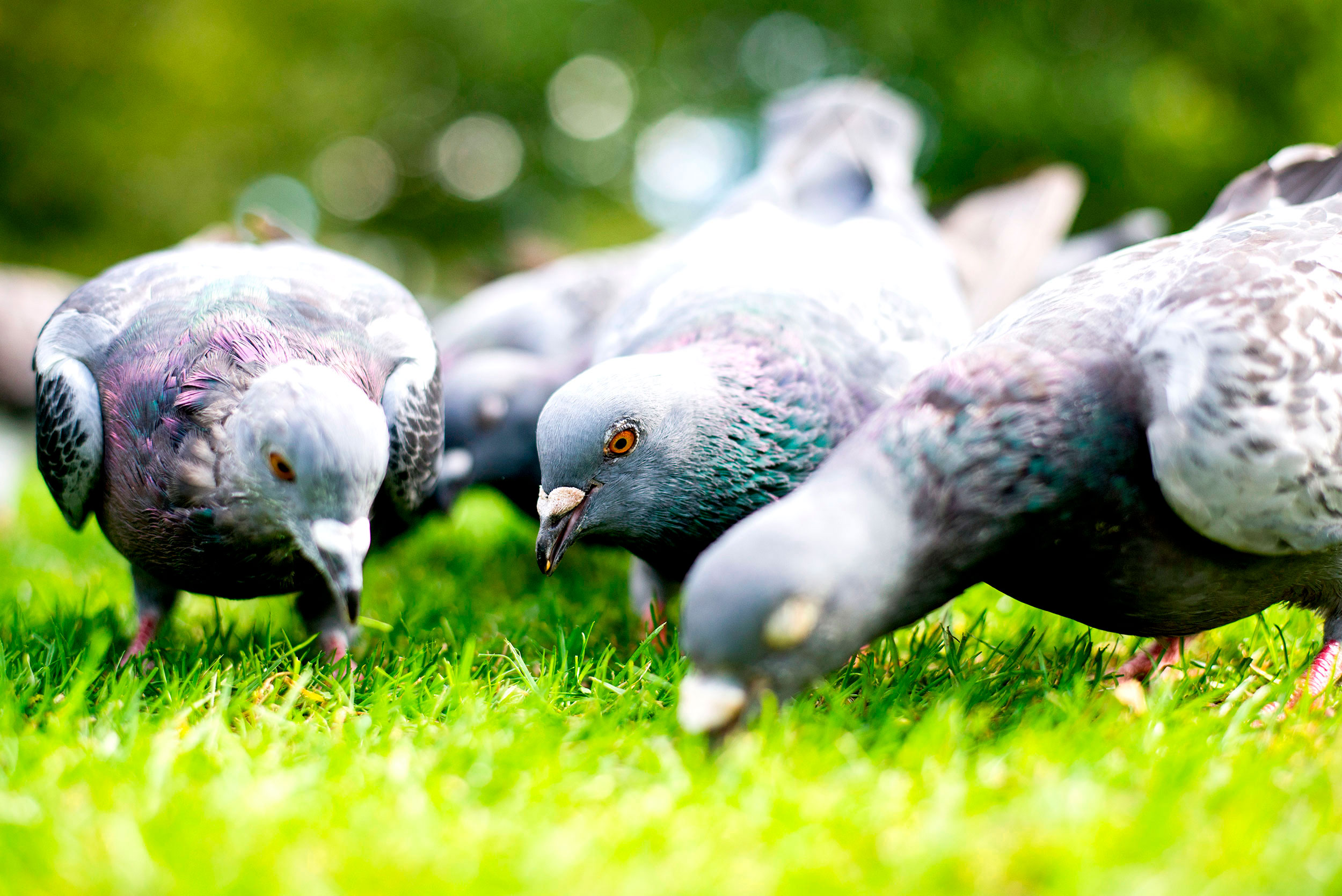
Feral Pigeons are also known as Rock Doves. Photo: Katie Nethercoat (rspb-images.com)
The secret life of pigeons
For the last few years, I’ve been observing the secret lives of Feral Pigeons and have been educated in the most unexpected way.
To many, these misunderstood birds are seen as pests, and they often paint a patchwork picture. But I’ve seen another side, and one far more colourful – and I’m not just talking about their plumage!
Given time, they’ve shown me a vast array of personalities. They love the sun, just like us, and have a remarkable sense of hygiene, though people might think otherwise. They hog the tiny water bowl and start splashing to their hearts’ content, getting ever so upset if anyone dares to try to jump in, too. Now they line up outside and wait for their turn.
They are intelligent and resilient. Each one becomes a companion, watching curiously as I potter about the garden. For a young wildlife enthusiast like myself, they are the best thing I could have imagined to give me a wonderful insight into the lives of wild birds. Every one is different, from the fiery ones to the quiet, affectionate ones, and they all deserve a second chance.
Macy-Grace Devlin
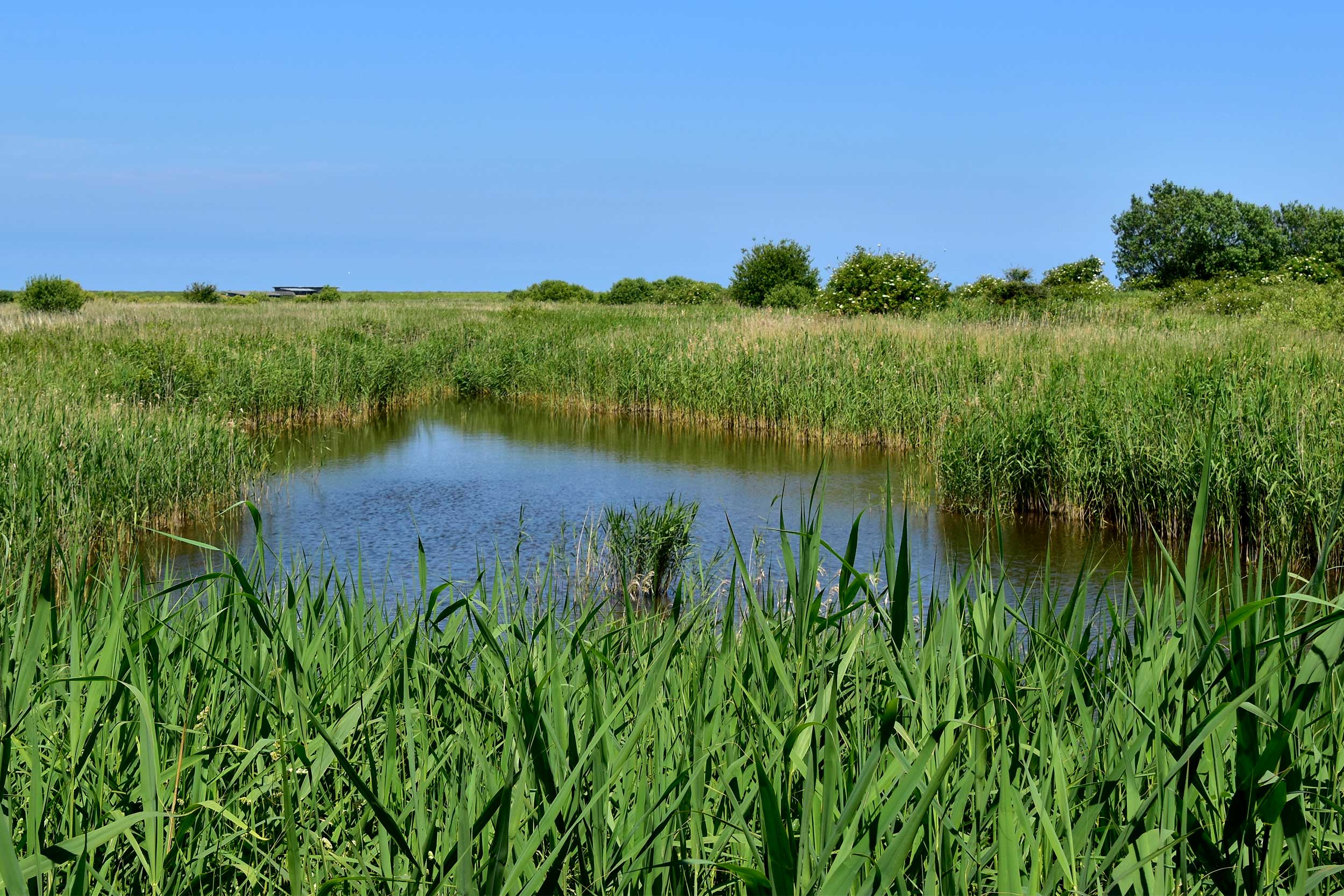
RSPB Titchwell Marsh in Norfolk. Photo: Robert Simmons (rspb-images.com)
Happy memories
I was delighted to read the article on Titchwell Marsh. As Beccy Speight says in her article, “Our encounters with birds are life affirming, creating memories that stay with us and give us a very real connection to the natural world.”
My husband and I ‘discovered’ Titchwell Marsh almost forty years ago and we looked forward to our annual visits when we would sit for hours watching the birds, listening to the chat in the hides and benefiting from the helpful advice of experts such as Ray. We would include a visit to the café for one of your famous baps and we’d also drop into the shop where we would stock up on Christmas cards (our visit being in July or August).
As I became more disabled and needed a mobility scooter, we found that the Marsh was perfect, with the paths providing their own interesting views and the hides giving perfect access with close-up views of the birds. Sadly, I lost my husband and am now pretty well housebound, so I miss Norfolk and Titchwell very much. So thank you for the article, which has brought back so many happy memories.
Christine Talbot-Cooper
Here you go, little one
I heard a Great Spotted Woodpecker chick making lots of noise in Pitmedden forest in Auchtermuchty, Fife. I stood quietly underneath the branches of a nearby tree and watched. Then, to my amazement, a Great Tit approached and proceeded to feed the chick! It continued feeding in between the Great Spotted Woodpecker parents’ feeding. Amazing to watch.
Angela Pearson
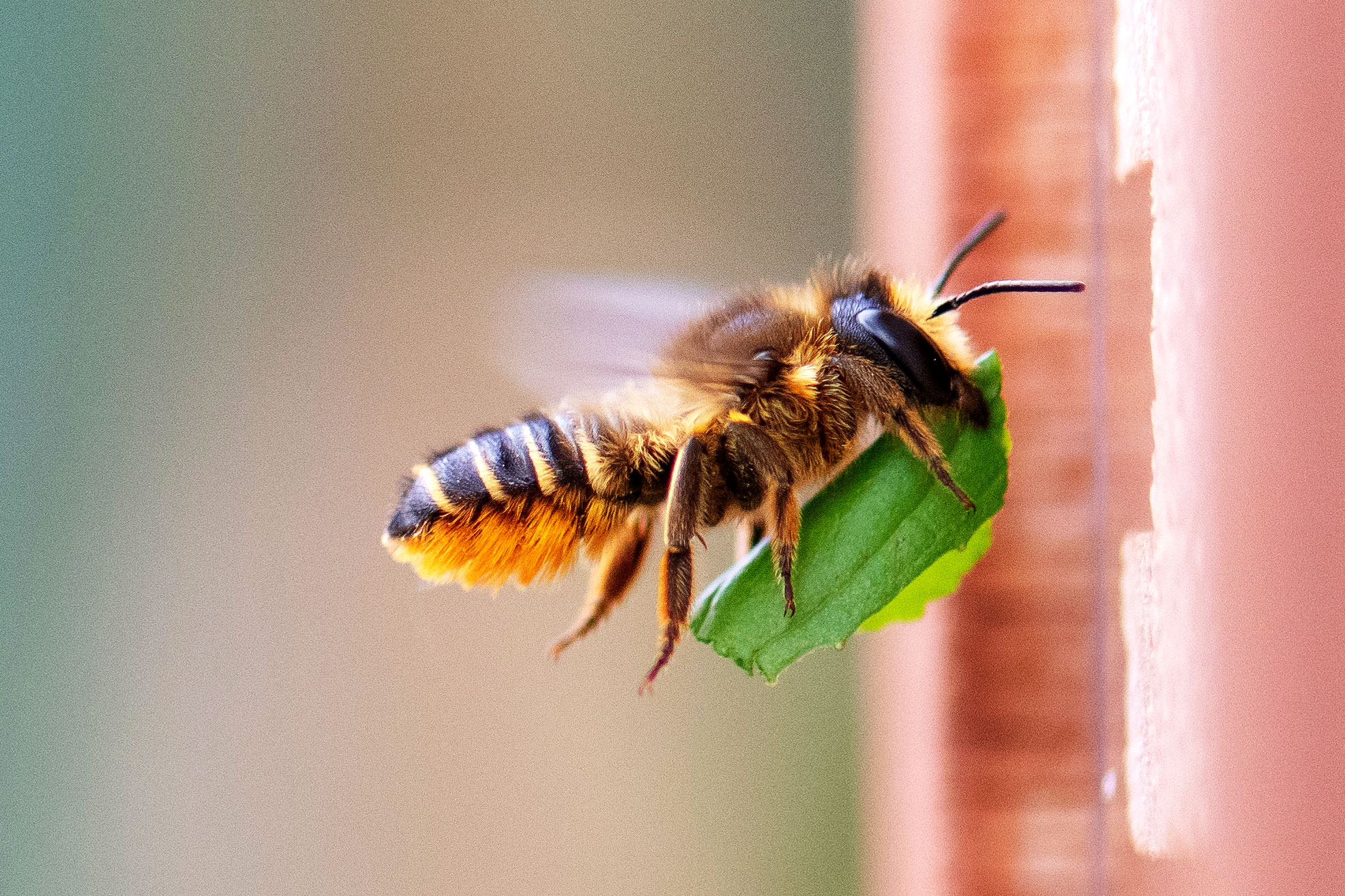
Louise’s Patchwork Leafcutter Bee on its way into the bee box. Photo: Louise Godfrey
Good bee-haviour
I loved the recent article on wildlife gardening. I’ve planted my small garden on the edge of a large housing estate near Leeds with as many wildlife- and pollinator-friendly plants as possible.
I planted a native Rowan tree, which is great for insects in the spring. In the autumn, my resident Blackbirds feast on the berries.
I have a special interest in bees, especially solitary bees, and for the last 10 years have had solitary bee boxes in my garden. I’ve had my most recent one for six years, and it’s been used by many different species, including potter and parasitic wasps and solitary bees.
This year, for the first time, a Patchwork Leafcutter Bee used the box. I managed to get a few images of her entering the nesting tube, which I thought I would share with you. I hope you like them.
By the way, I’m very lucky to live near both St Aidan’s and Fairburn Ings, but my absolute favourite RSPB reserve is Bempton.
Louise Godfrey
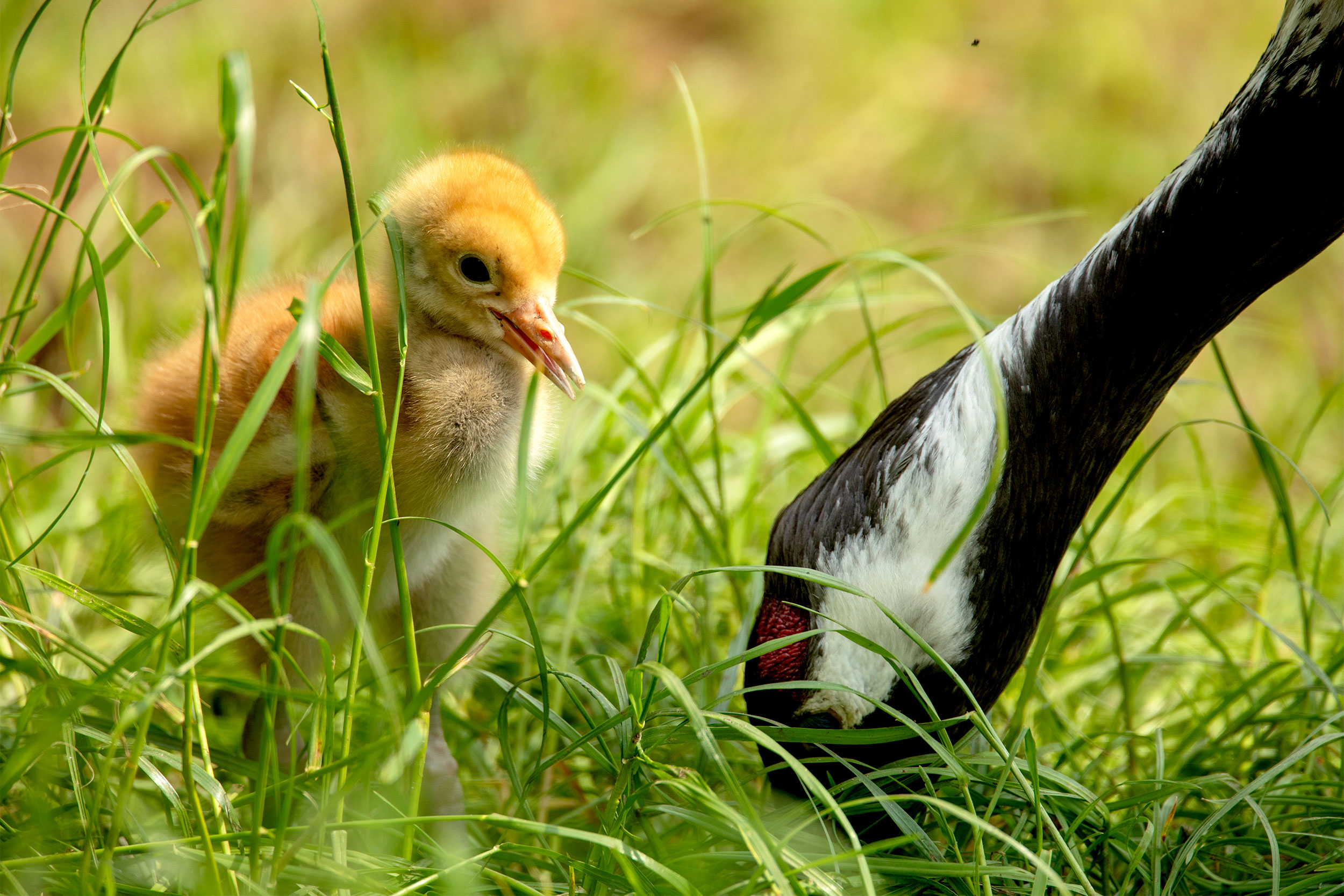
Crane chicks learn how to forage food from watching adults. Photo: Ben Andrew (rspb-images.com)
Crane connection
Thank you for your article about Cranes in the Summer/Autumn magazine.
My deep interest in these birds was sparked by a visit to Slimbridge during their project raising young Cranes from eggs for later release into the Somerset Levels. I can’t remember what year it was.
For a small fee, my sister and I dressed in white overalls with a mesh face covering and walked about holding little spoons of food on the end of sticks behind us to encourage the chicks to follow us and feed. It was a delightful experience.
Several years later, I visited again with my daughter and we saw a pair of Cranes nesting in one of the lagoons, as well as another couple with a young chick just outside the reserve fencing. We missed them on a trip to the Somerset Levels but amazingly, recently, we had the joy of watching one of these beautiful birds grazing with other water birds and geese on our local Worcestershire Wildlife Trust reserves. I feel honoured that I had the chance to take even the smallest part in their reintroduction.
Shirley Lynch
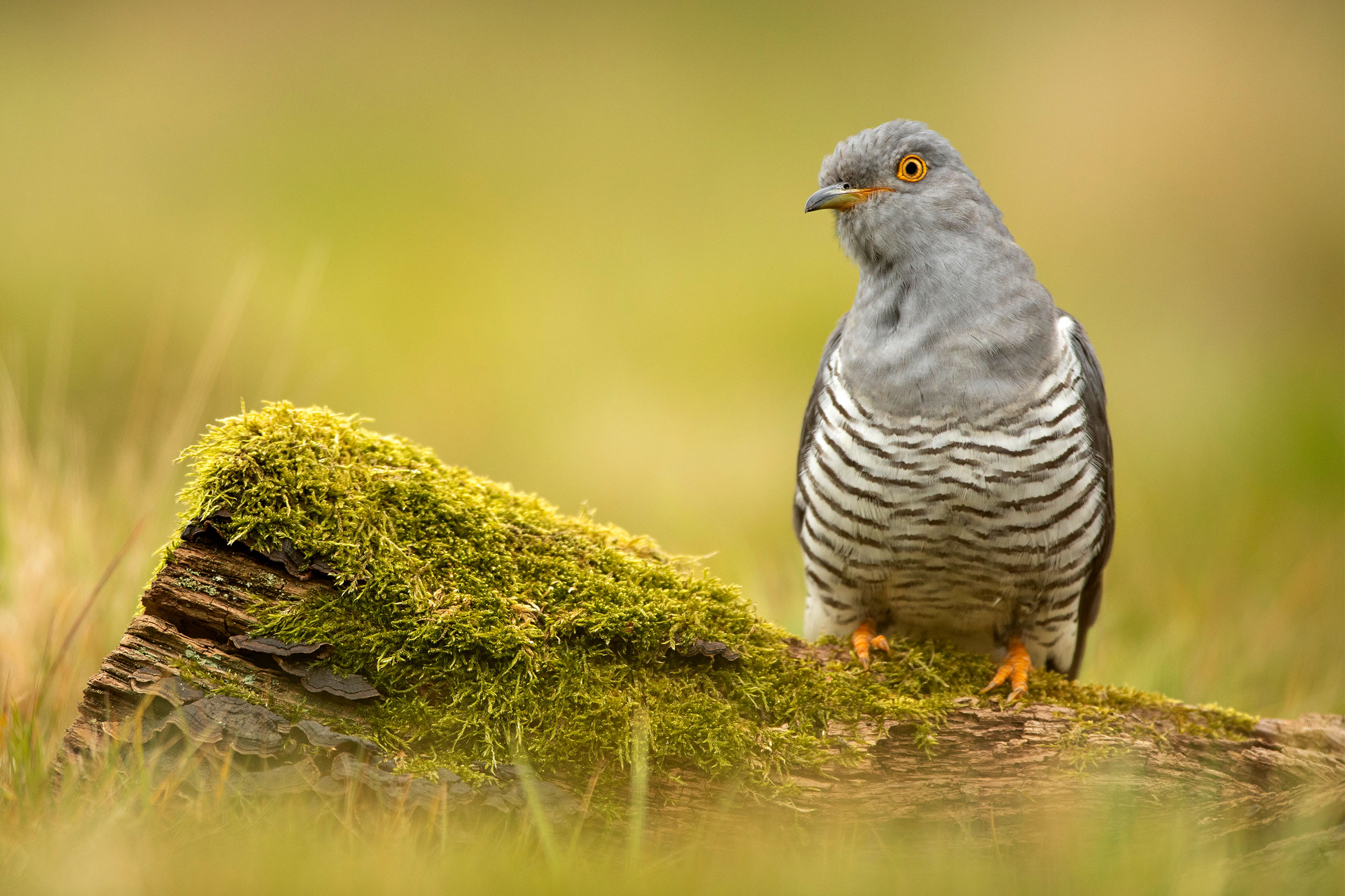
Cuckoo’s are a summer visitor to the UK. Photo: Ben Andrew (rspb-images.com)
Song of the Cuckoo
We were delighted to read the latest magazine issue, particularly the articles about Orkney and Forsinard.
We spent the whole of May on a road trip around Scotland, visiting the mainland, Shetland, Orkney and Lewis. Those Neolithic folk knew what they were doing when they picked their spots for the brochs, standing stones, circles and burial chambers.
The landscapes and views are fantastic, and so is the natural environment. The birds were all amazing, and we have never seen so many seabirds, Curlews, Skylarks, Lapwings, magnificent birds of prey and day-flying Short-eared Owls, to name but a few.
However, the most prevalent bird that we heard, but never saw, was the Cuckoo. We heard our first in Kilmartin Glen and then at every single place we stayed or visited during our trip, finishing off in Moffat a month later. In fact, one stay in Scourie, on the north-west coast, is remembered for the Cuckoo calls right through the night!
It was a memorable holiday with spectacular birds (and stones) in breathtaking scenery… and the call of the Cuckoo will always take us right back there.
Janet and Mike Ousby
Click play to hear the Cuckoo call
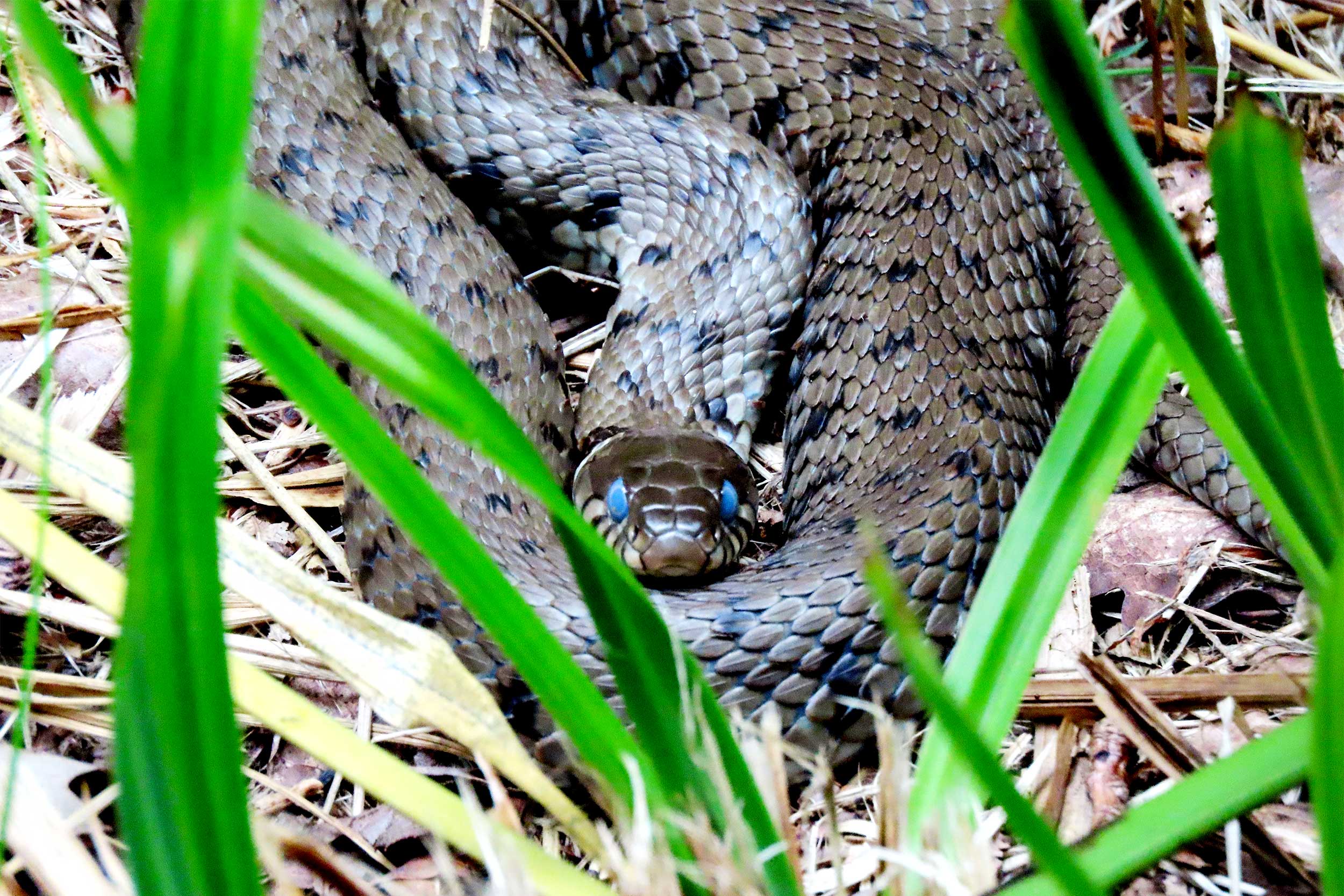
Joanna’s blue-eyed Grass Snake ready to shed its skin. Photo: Joanna Hutchinson
Outfit change
On a hot afternoon walk, my mum and I unexpectedly came across an enormous Grass Snake basking on a dirt track.
It appeared completely oblivious to our presence, so I took the opportunity to snap some photos from a respectful distance. We’ve since discovered that the snake’s cloudy blue eyes were a sign that it was preparing to shed its skin.
We left it in peace and returned to the spot the following week in search of a scaly souvenir. There was no sign of the sloughed skin, but to our surprise the grass snake was back, looking rather resplendent with its colourful new scales! This time it clocked us and slipped silently into the undergrowth. It was certainly a fascinating treat to see this elusive beauty before and after its transformation!
Joanna Hutchinson
Rambunctuous Robins
From my kitchen window I have been watching a pair of Robins feeding their family in and out of a 7x4ft conifer bush.
I get great delight from seeing them cling and swing on the washing line, then dart into the nest. They feed non-stop all day, even seen at nine o’clock at night. I haven’t seen them lately, but I’m hoping for a happy ending.
I’m 90 years young and the little things in life bring great pleasure. Thank you for your beautiful illustrated magazine.
Rita Chapman
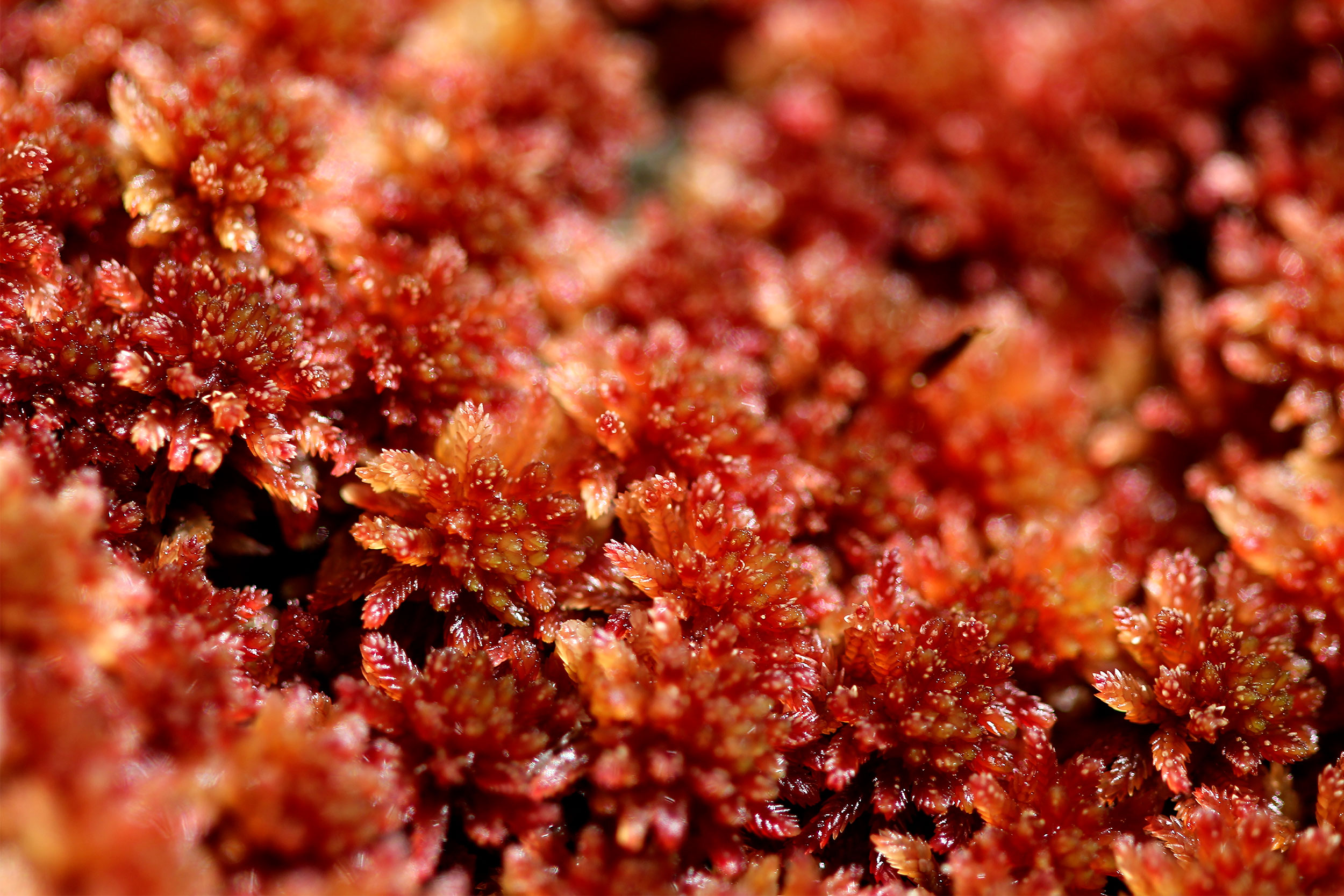
A close up of sphagnum moss. Photo: Paul Turner (rspb-images.com)
Much about moss
I was interested to read about the restoration of Dove Stone. Some of the Spaghnum moss planted came from the Denton Fell site on RSPB Geltsdale, Cumbria. On several occasions, working parties gathered moss – on a sustainable basis – and bagged it up. It then trundled down the M6 to be planted at Dove Stone where it was used in the planting. As one of the volunteers gathering the moss, it was great to see the success of the project.
David Rawsthorn
Vintage collection
I have a full set of RSPB mags going back 15–20 years. I’m happy to give them away for free if someone is willing to come collect them. If interested, email rspbmagazine@rspb.org.uk
Hazel Tovey

Write to us
Have a nature-inspired story to tell? Send us your letters! Our star letter wins a pair of RSPB 8×32 Avocet binoculars from our Viking Optical range – waterproof, nitrogen-filled and robust. To see the full range, visit the shop website.
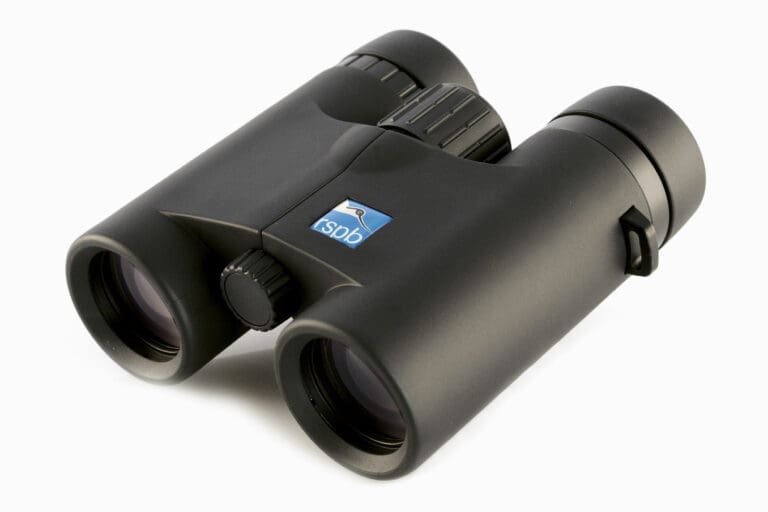
RSPB 8×32 Avocet binoculars. Photo: RSPBshop.co.uk
You might also like
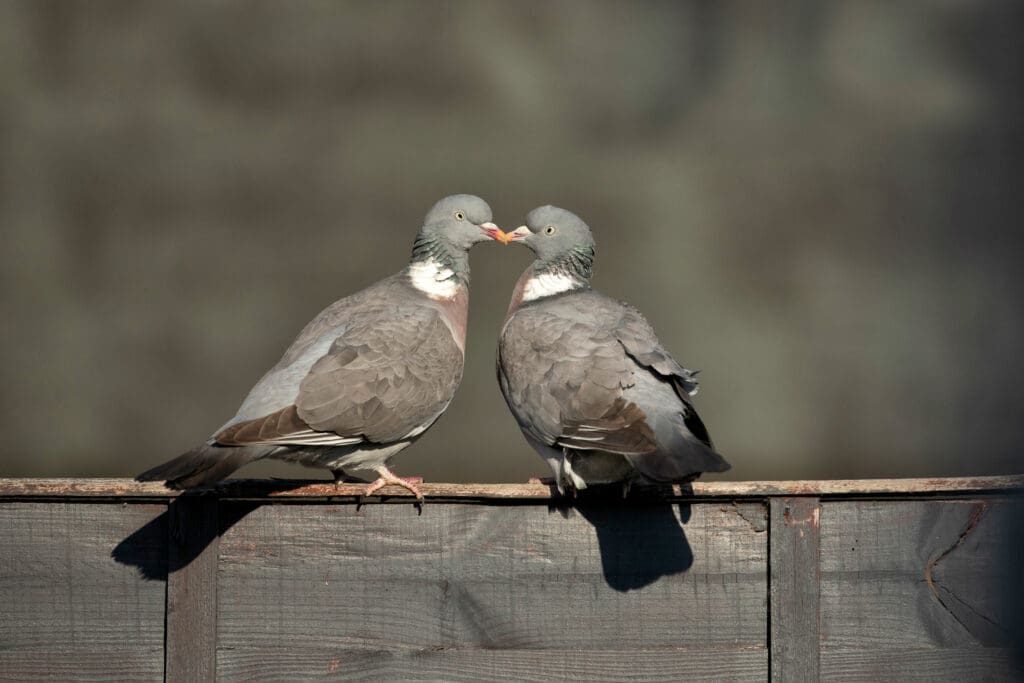
How to photograph garden birds

Nine-year-old naturalist is changing the world
